 Abraham Lincoln
If given the truth, the people can be depended upon to meet any national crisis...
Abraham Lincoln
If given the truth, the people can be depended upon to meet any national crisis...
 Guildford news...
for Guildford people, brought to you by Guildford reporters - Guildford's own news service
Guildford news...
for Guildford people, brought to you by Guildford reporters - Guildford's own news service
Birdwatcher’s Diary No.224
Published on: 29 Jan, 2021
Updated on: 29 Jan, 2021
By Malcolm Fincham
Cold weather continued into the new year. Fortunately for me, I had a few days free to get out and about before further lockdown rules where introduced during the first weeks of January.
On New Year’s Day, keen to get my species sightings list for 2021 off to a good start, I once again visited Thursley Common. A second little bunting had arrived on the Ockley Common section of the heathland and was now feeding alongside the first one. The rustic bunting that was still present there within a group of reed buntings.
Nearby in the blackened patches of stubble, a couple of woodlarks could be viewed.
Also adding a few of the more common species that can be found there, including a Dartford warbler.
Meanwhile, in another part of Surrey just north of the River Thames at Laleham (part of Middlesex until 1965), three tundra bean geese had been reported.
As many as 300 or more regularly winter in the UK, but are usually seen near the coast. They are most commonly seen in eastern and south-eastern England, though not usually as far inland as these. Although they can sometimes be erratic in their appearances.
While just south of the river in Molesey Heath, a yellow-browed warbler had been discovered. Surprisingly it was along the same stretch of the River Mole I had visited just a few years ago to view an individually different bird, although of the same species, from eastern Europe.
Being familiar with the call of the yellow-browed warbler, having seen and heard several on my visit to the “Scillies” last October, it was fortunate this one was calling.
It wasn’t too long before I was able to locate the section of the river it was on. The hardest part was to take a picture of it. It was continually on the move, flitting through the branches overhanging the river. Eventually, after mumbling countless expletives, I managed what I felt were a few acceptable photos.
Also along the same section of the river, I was able to pick out and photograph one of several chiffchaffs there.
To my surprise I was also able to add a third warbler to my day list while there. Even more extraordinary it was an unusually obliging Cetti’s warbler. Renown to be a “skulking” species, this one surprisingly even allowed me a series of photos.
Several other small species were also present feeding on available insects along the banks of the river. Adding to my photos – one of several goldcrests there.
As well as a wren.
In the trees along the river, ring-necked parakeets could be heard. One pair looked rather frisky as they preened each other, while a third spent its time close by, playing gooseberry.
The following day at Cutt Mill in Puttenham, I photographed my first goosanders of the year, just one wintering pair on this occasion.
A kingfisher flashed by – also my first sighting of one this year.
A cormorant took flight from the central part of the lake, bearing off into the morning sunrise.
A raft of four great crested grebes could be seen.
Also there, I was able to get my first sighting of a mandarin duck this year.
During the days that followed, renewed Covid lockdown measures were introduced, leaving me restricted to travel the kind of distances I had achieved at the start the year.
On hindsight, at least I had been able to achieve some of my planned ventures before such cognitive state of disarray was officially introduced.
Even having made a brief visit to Papercourt water meadow at Send. Although not the best of days for photography under mostly dry and overcast skies.
Near Papercourt Lock I captured a few shots of the redwings and fieldfares in the short grassy areas near where a group of cattle grazed.
While watching them probing the muddy field looking for food to sustain their hunger, suddenly they all took flight, in unison.
They had spotted an equally empty-bellied sparrowhawk sweeping in stealth-like, low to the ground in their direction.
On this occasion the agile bird of prey was unsuccessful as the wintering birds had been too astute, leaving him to abort his mission and disappear out of sight over the tree-line.
A walk across the marshy water meadows allowed me photo of one of three roe deer as it poked its head up above the long grass, inquisitively in my direction.
By now the afternoon light was beginning to fade, even though the sky began to clear. A skein of 19 geese flew north some distance away. Could they have been the same 19 white fronts recently seen at Burpham?
Unfortunately, my record shots couldn’t justify a claim, so I passed them up as probable greylag geese.
Fieldfares were now flying overhead, going to roost. From time to time one would perch in a small tree that had sprouted up in the saturated soil.
The setting sun attempted to add some long-awaited colour to the sky before it too faded from sight over the horizon.
It wasn’t until after dark that I was able to get my first glance this year of a barn owl.
Cycle rides, as well as dog walks, allowed me to visit my local “patch” at the Riverside Nature Reserve, near Burpham, along the towpath from Woking Road.
Looking across towards the “scrape” from Stoke Lock, a group of shoveller duck could be viewed. They were mostly drakes, counting at least seven on this visit. A total of nine, counting the two female.
They looked a little uneasy at times, taking flight only to resettle on another part of the water. Perhaps able to spot a predator that I couldn’t?
A single gadwall could also be viewed.
Also on the reserve, a group of 20 or so siskins could be seen, feeding on the small cones of an alder tree.
In the line of trees along the towpath, I was also able to pick out my first treecreeper of the year.
A small group of redwings nervously took flight as I approached the tree they rested in.
A common buzzard was also present.
A walk along the path in the direction of the recycle depot allowed me my first sighting of a bullfinch, this year. Nearing the recycling depot at Slyfield, the familiar varied sounds of gulls could be heard. The most abundant were the black-headed, although occasionally they would be drowned out by the herring gulls.
Perched up on the one of the buildings sat a lone great black-backed gull overlooking its brethren in silence.
A common gull (by name, but not locally by nature), could also be added to my year’s tally.
While a red kite, unperturbed by the kerfuffle, glided overhead, its talons to prove it to be the top scavenger present.
Looking back over my shoulder, across an area of wasteland towards Guildford, our town’s cathedral could be viewed, bathed and shrouded by low cloud.
On January 10, two drake pochard could be viewed on Stoke Lake.
A pleasant surprise was the sighting of a wood mouse, although not an easy subject to photograph in focus with a 400mm lens.
For now, it had been escaping the keen eyes of a kestrel perched up in a tree, just a few wing beats away.
Recent Articles
- Letter: Those in Elected Office Should Refrain from Deliberately Misleading the Public
- Cup Run Ends After City Fade in Second Half
- Press Regulator Condemns Behaviour of News Group Newspapers
- MP Says Raw Sewage Flooding Gardens is ‘Absolutely Disgusting’ – ‘Thames Water Must Stop It’
- Opinion: We Should Restore Clandon House
- Letter: Report on Councils’ Collaboration Benefits Has Been Over-hyped
- Council Tenants Unhappy With the Way GBC Handles Their Complaints
- Police Operation Puts Drug Gang Members Behind Bars
- Declaration Marks 750th Anniversary of a ‘Dark Day in Guildford’s History’
- Letter: For Democracy to Work We Need to Engage


Search in Site
Media Gallery
Dragon Interview: Local Artist Leaves Her Mark At One of England’s Most Historic Buildings
January 21, 2023 / No Comment / Read MoreDragon Interview: Lib Dem Planning Chair: ‘Current Policy Doesn’t Work for Local People’
January 19, 2023 / No Comment / Read MoreA3 Tunnel in Guildford ‘Necessary’ for New Homes, Says Guildford’s MP
January 10, 2023 / No Comment / Read More‘Madness’ for London Road Scheme to Go Ahead Against ‘Huge Opposition’, Says SCC Leader
January 6, 2023 / No Comment / Read MoreCouncillor’s Son Starts Campaign for More Consultation on North Street Plan
December 30, 2022 / No Comment / Read MoreCounty Council Climbs Down Over London Road Works – Further ‘Engagement’ Period Announced
December 14, 2022 / No Comment / Read MoreDragon Interview: GBC Reaction to the Government’s Expected Decision to Relax Housing Targets
December 7, 2022 / No Comment / Read MoreHow Can Our Town Centre Businesses Recover? Watch the Shop Front Debate
May 18, 2020 / No Comment / Read More



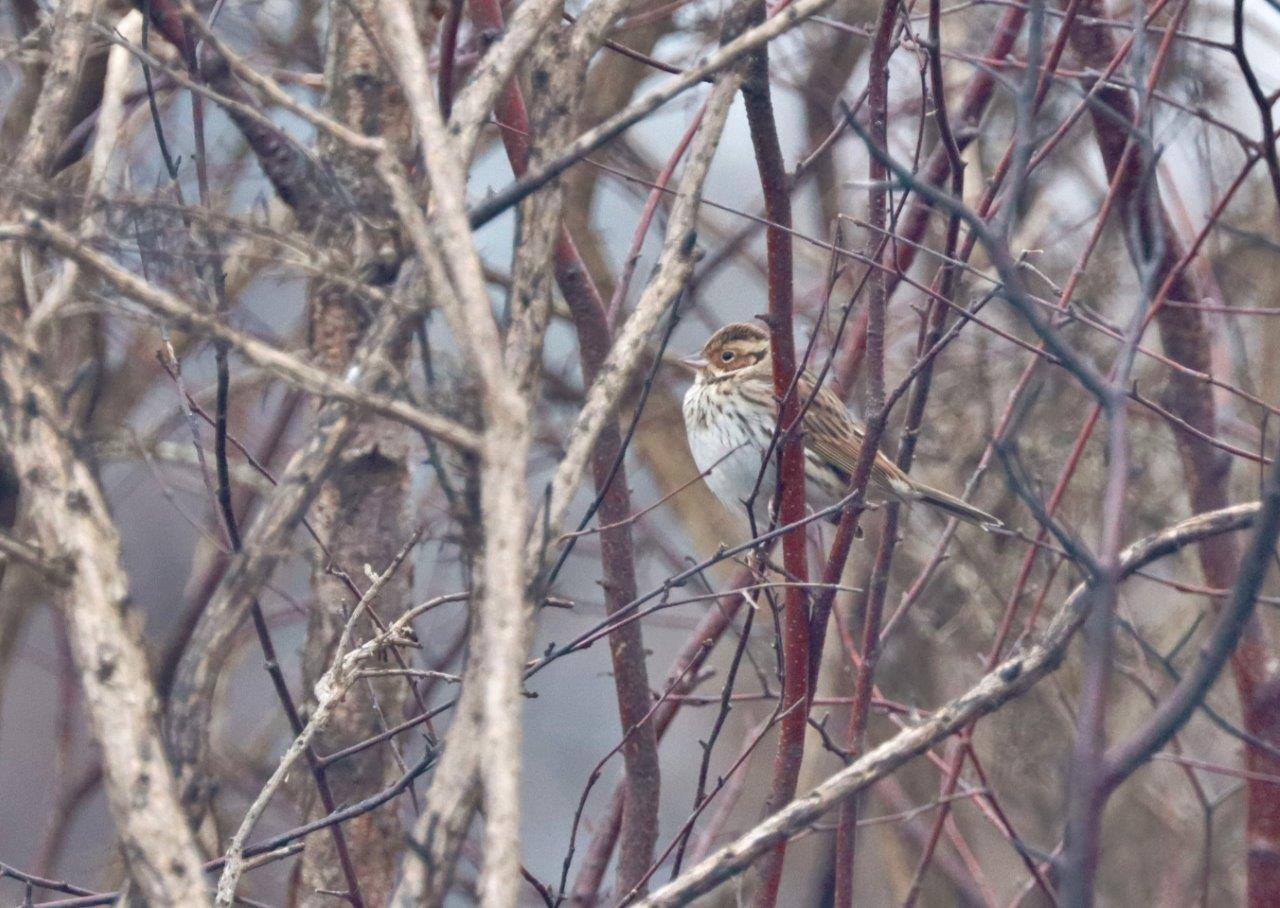
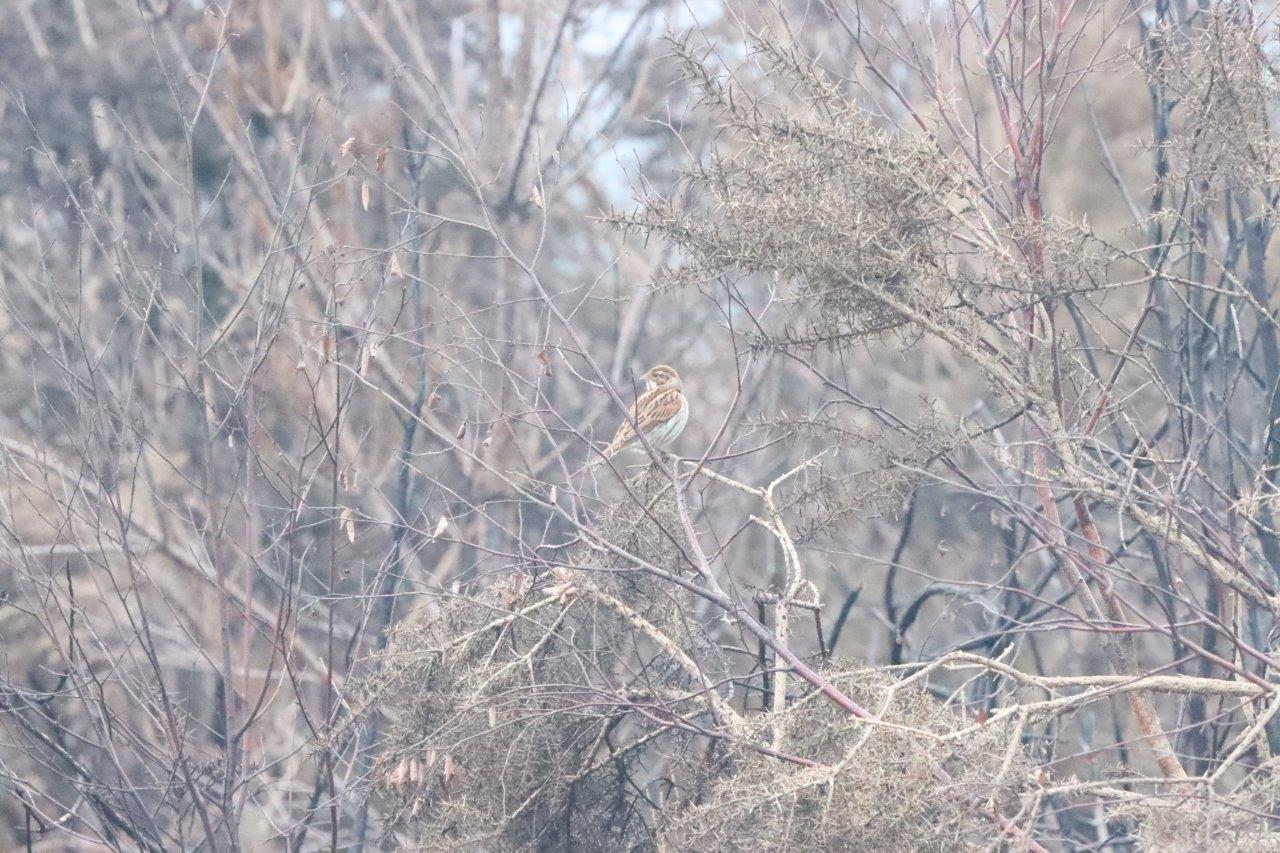
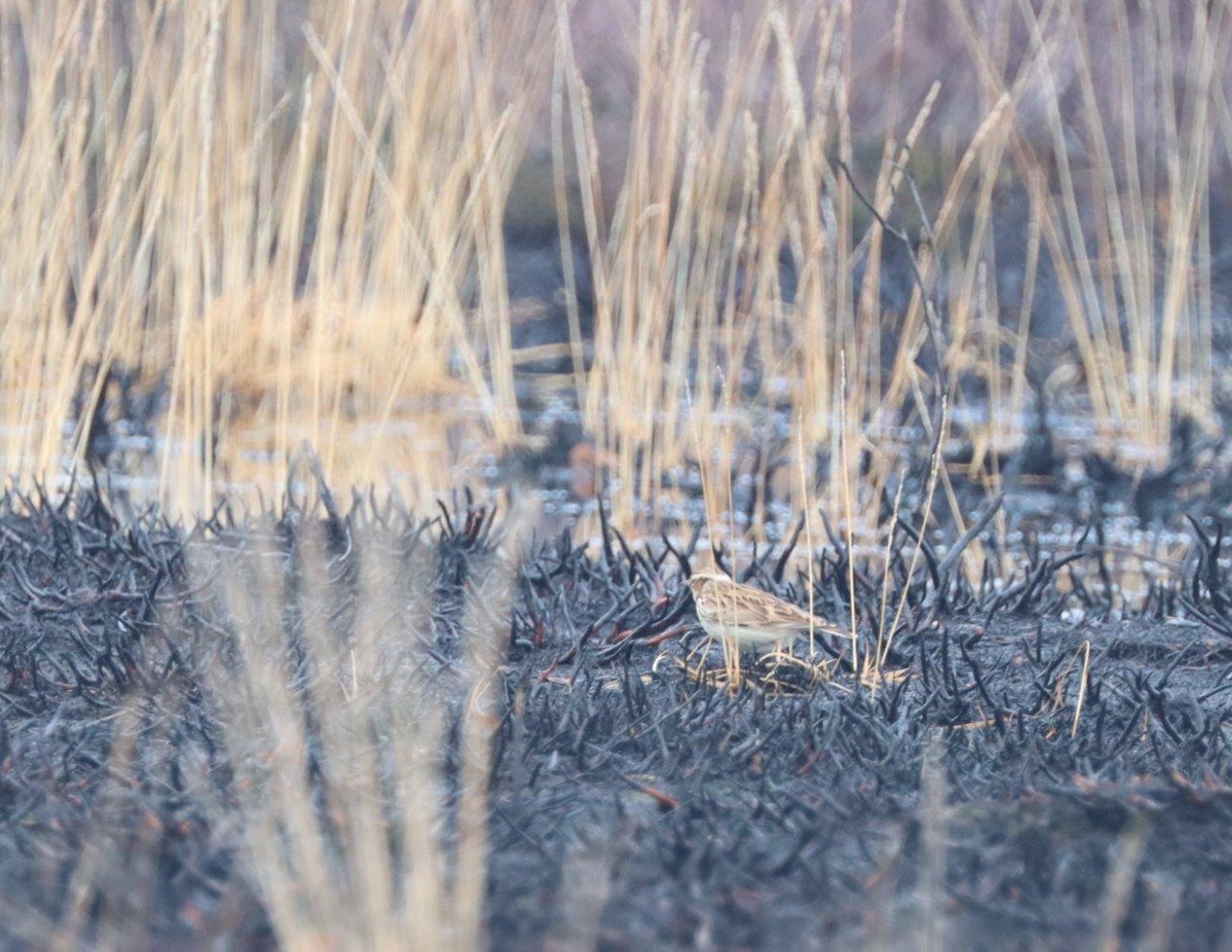

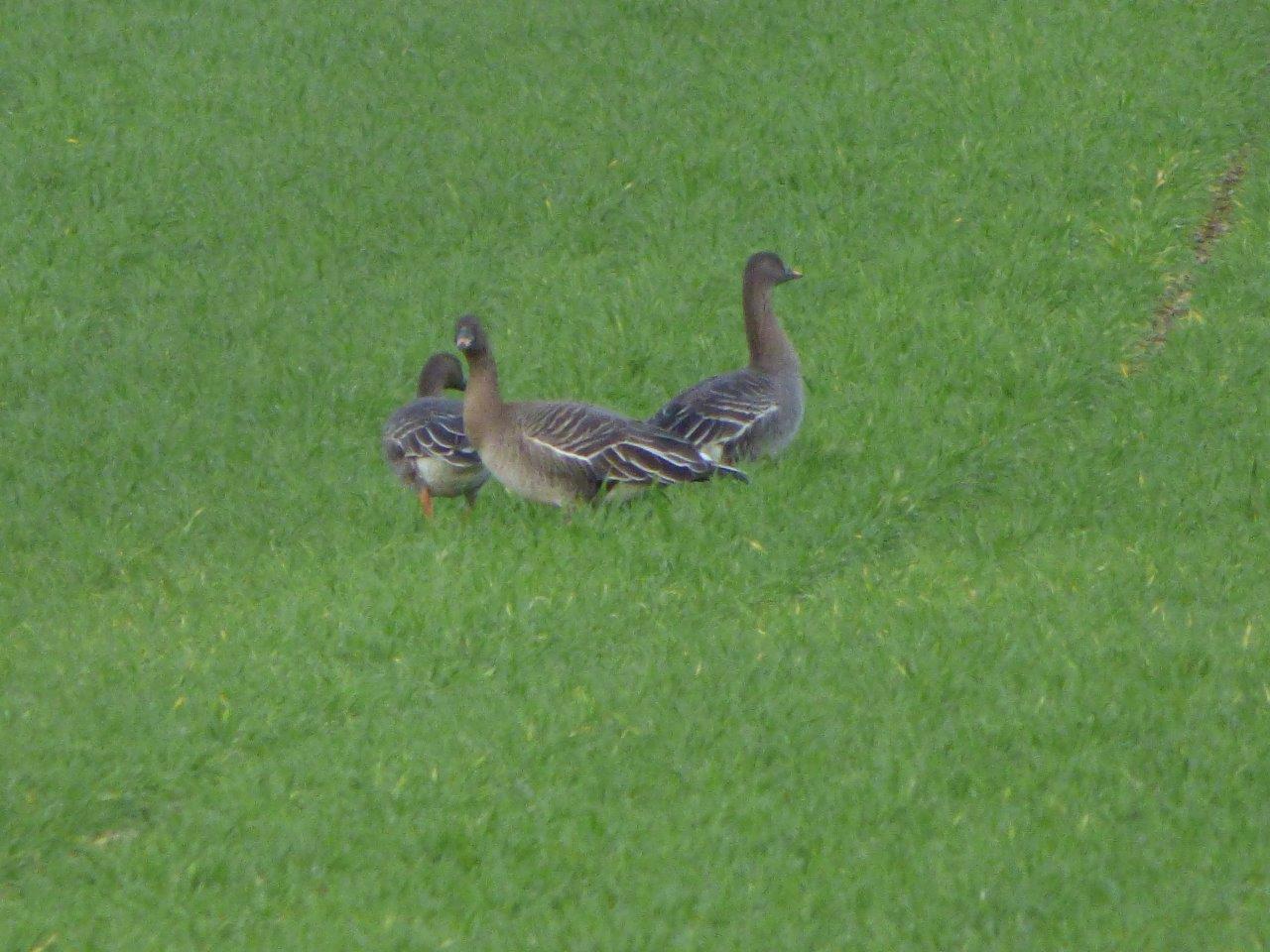
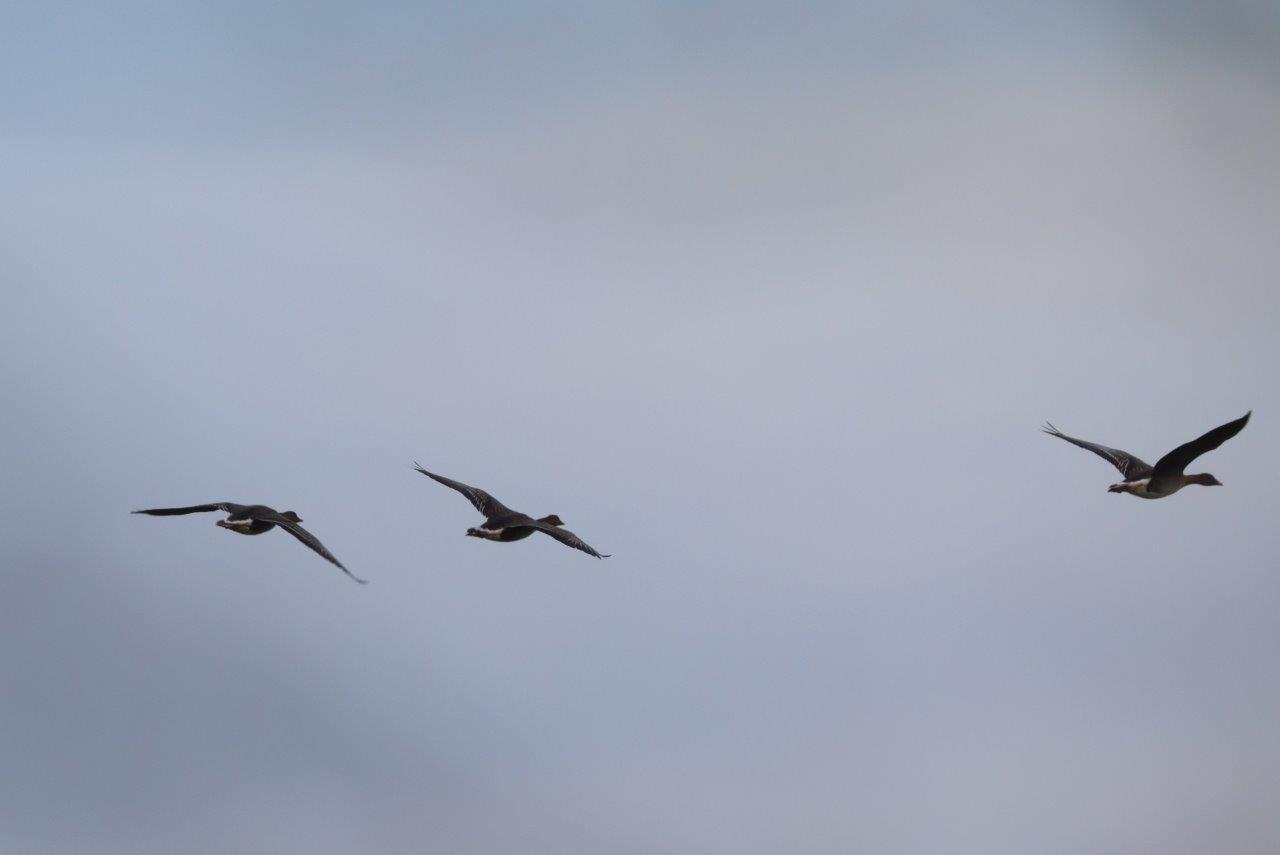

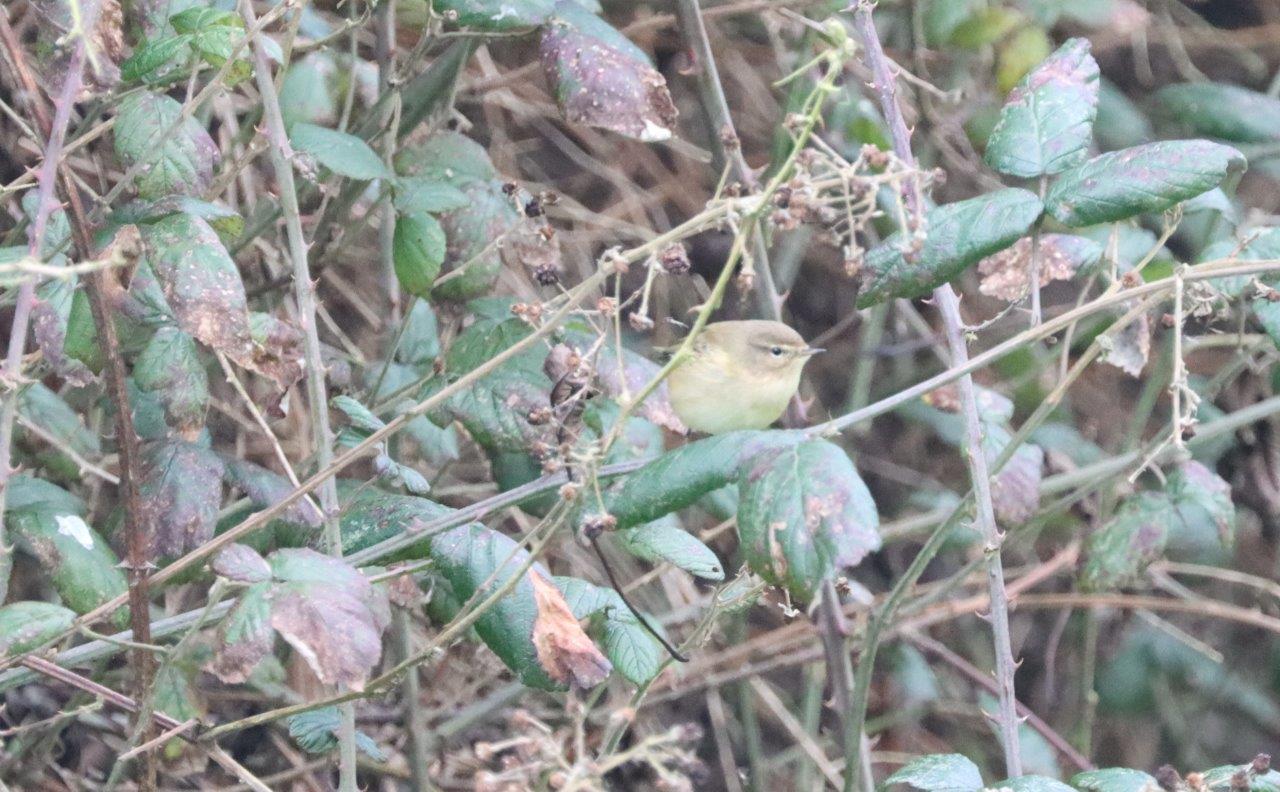
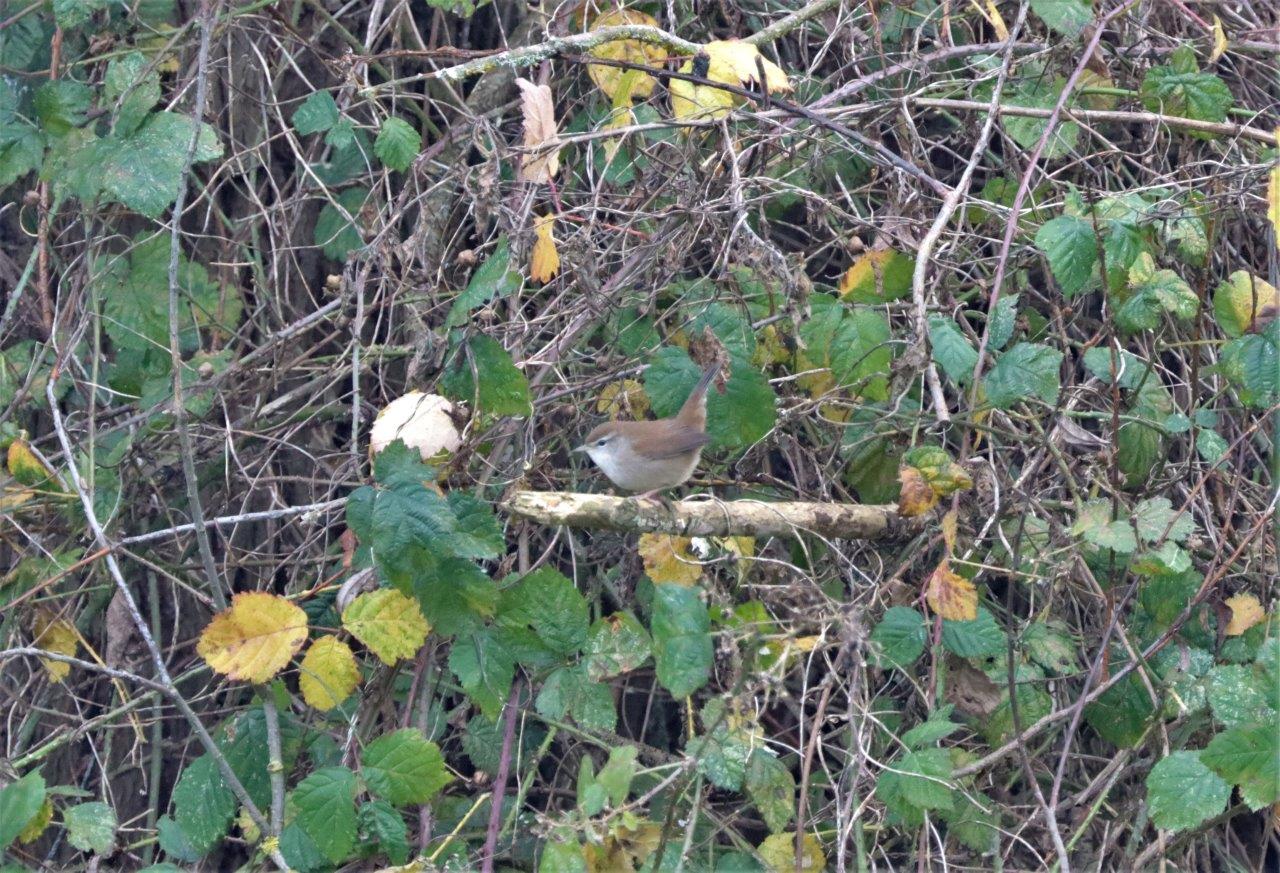
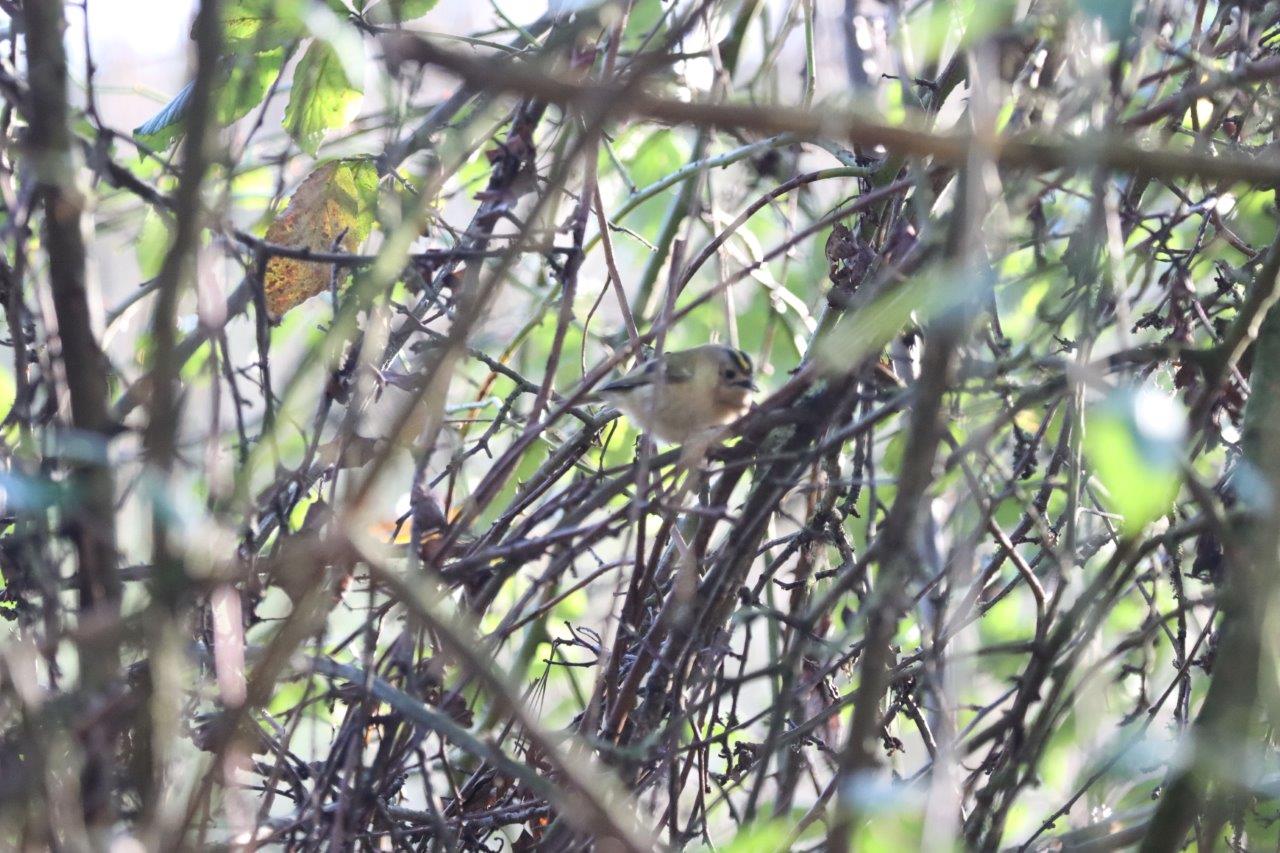
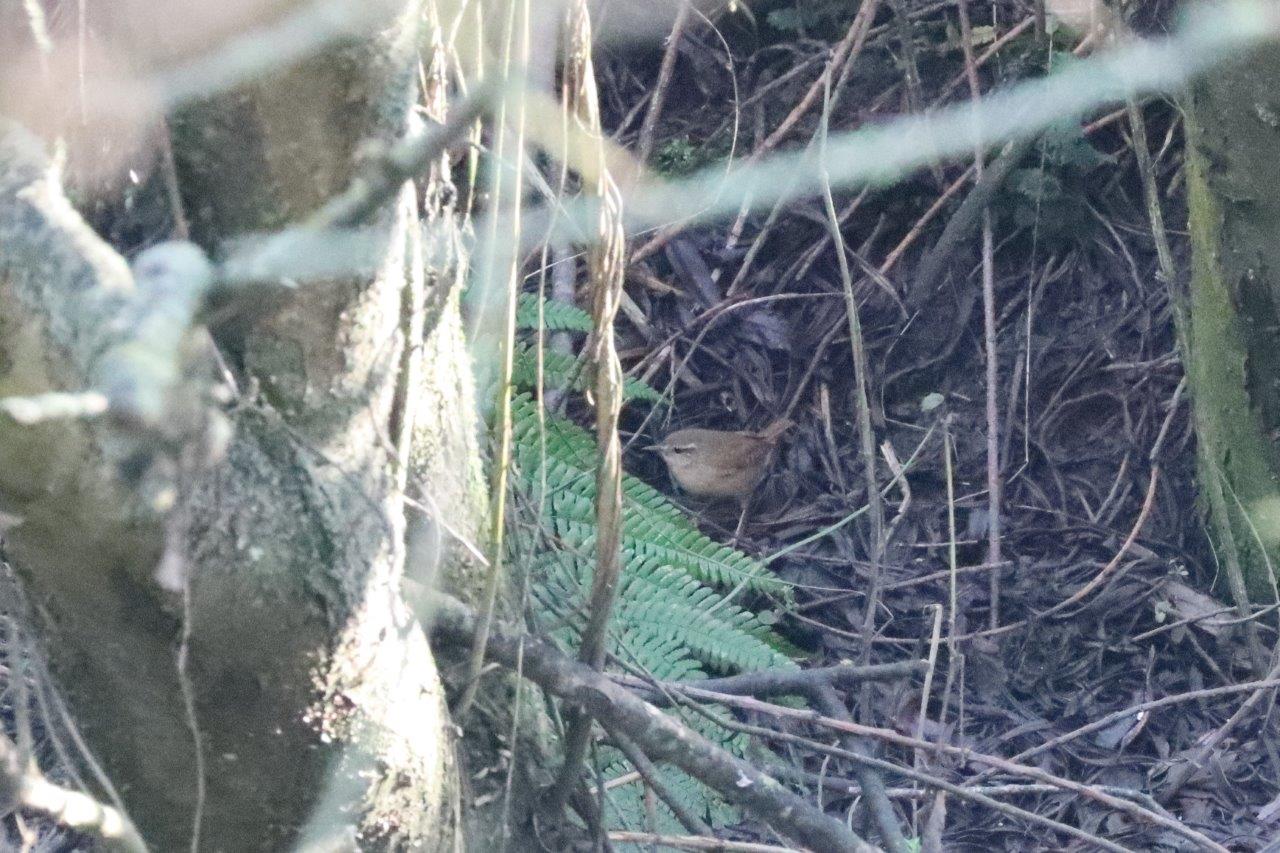

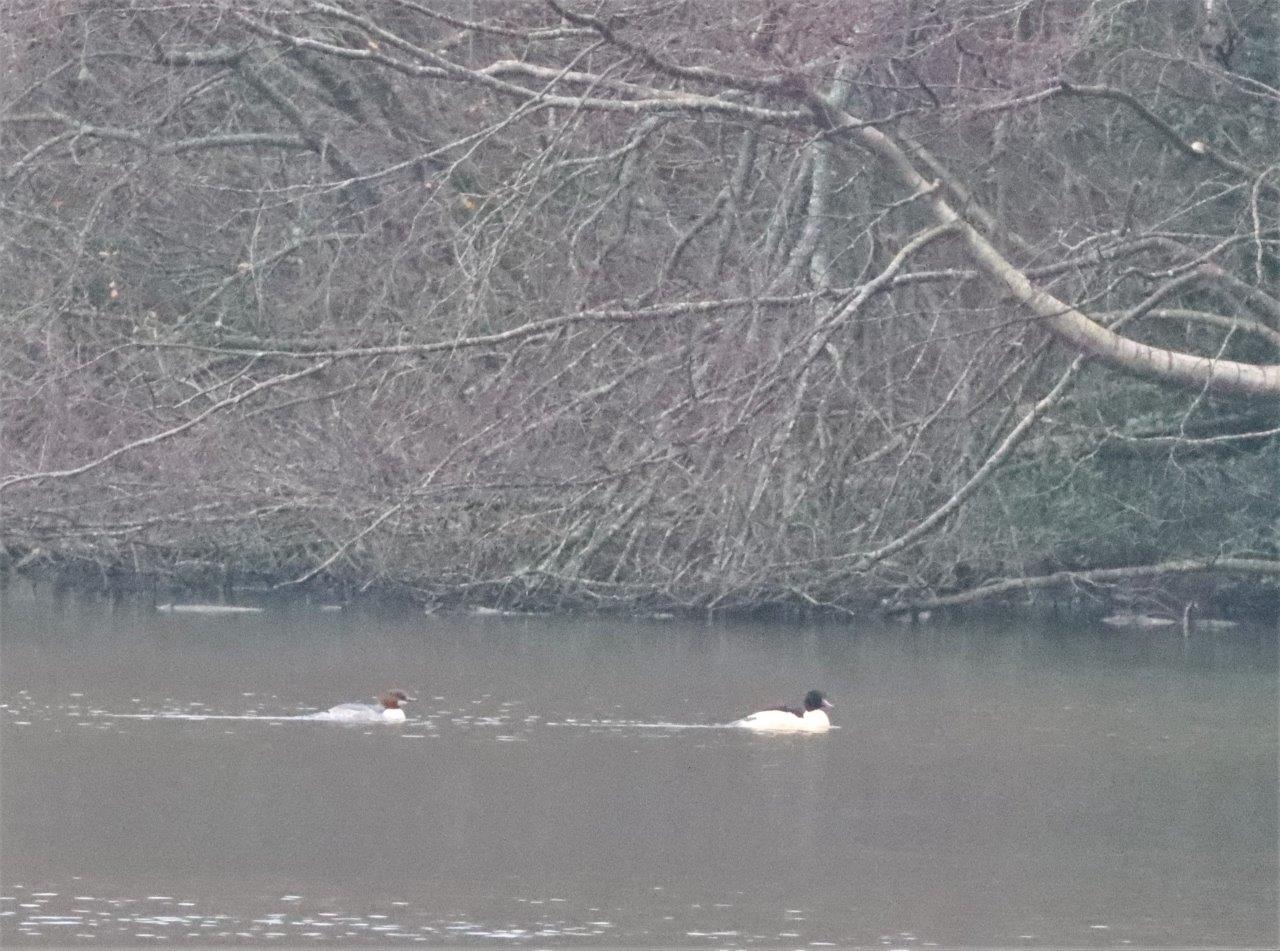
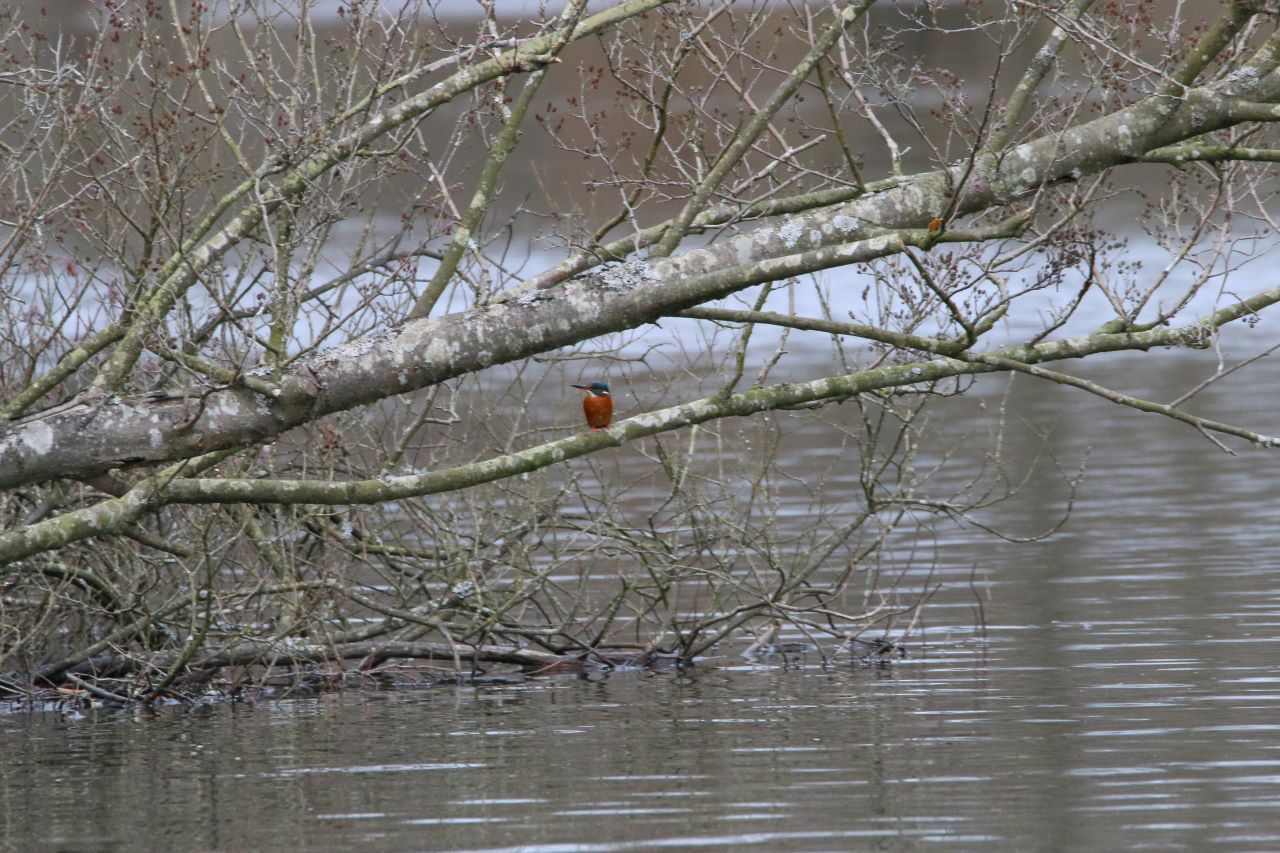
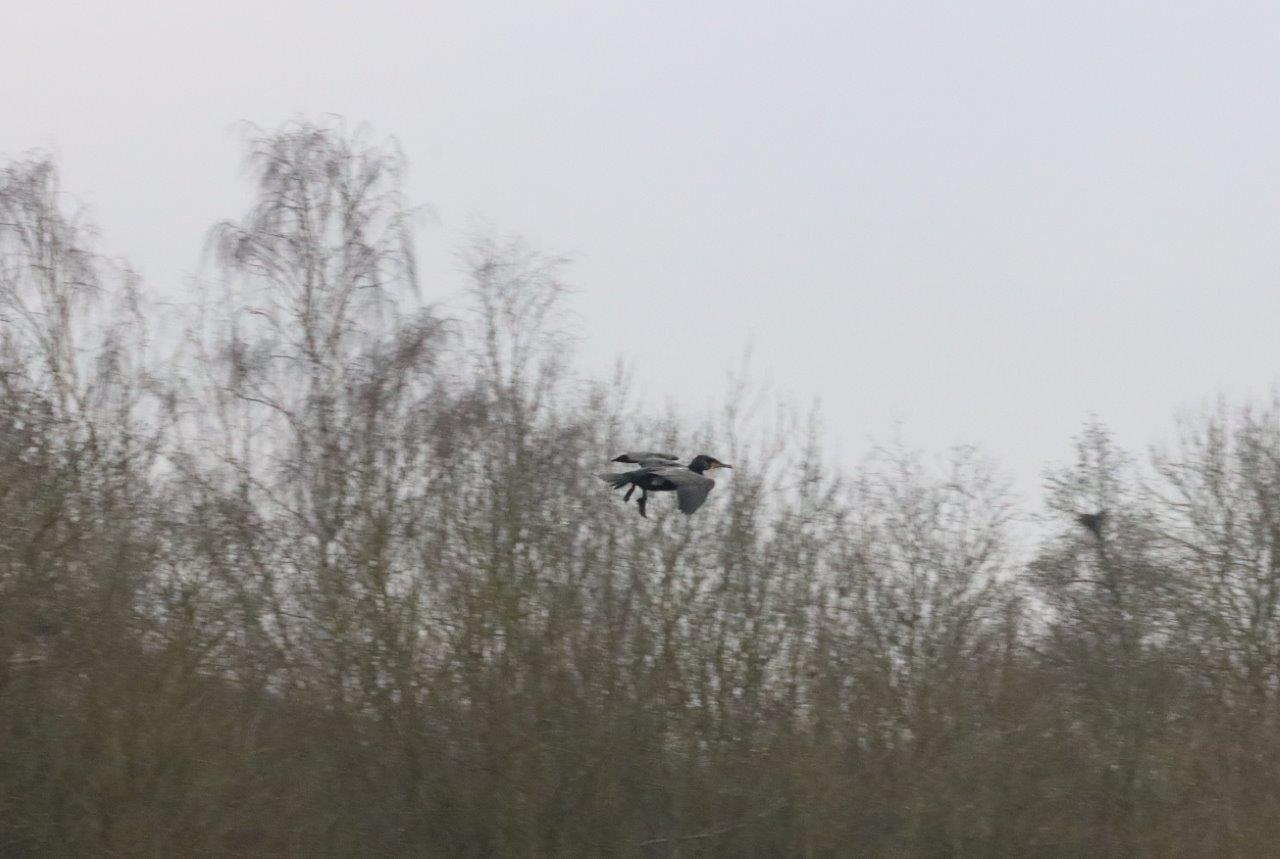


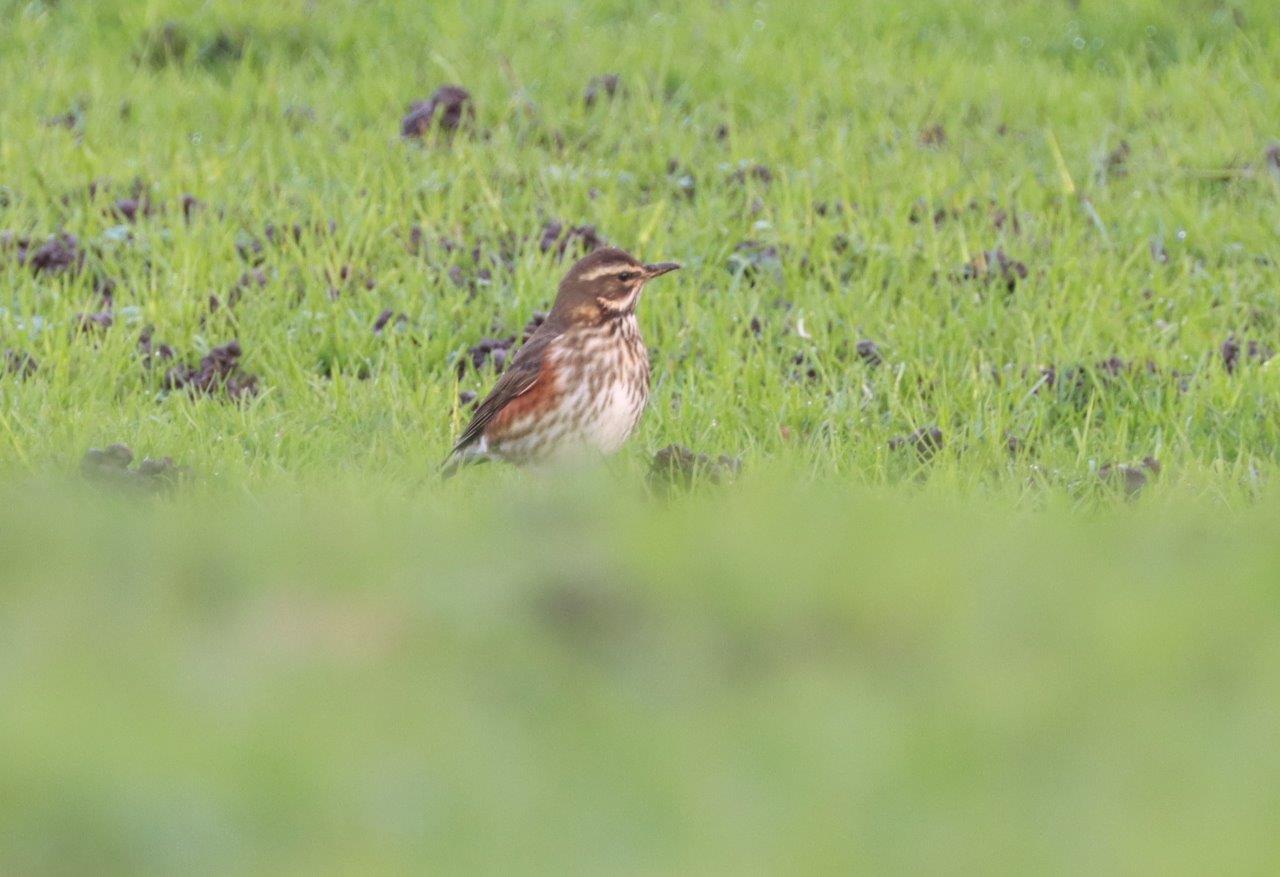

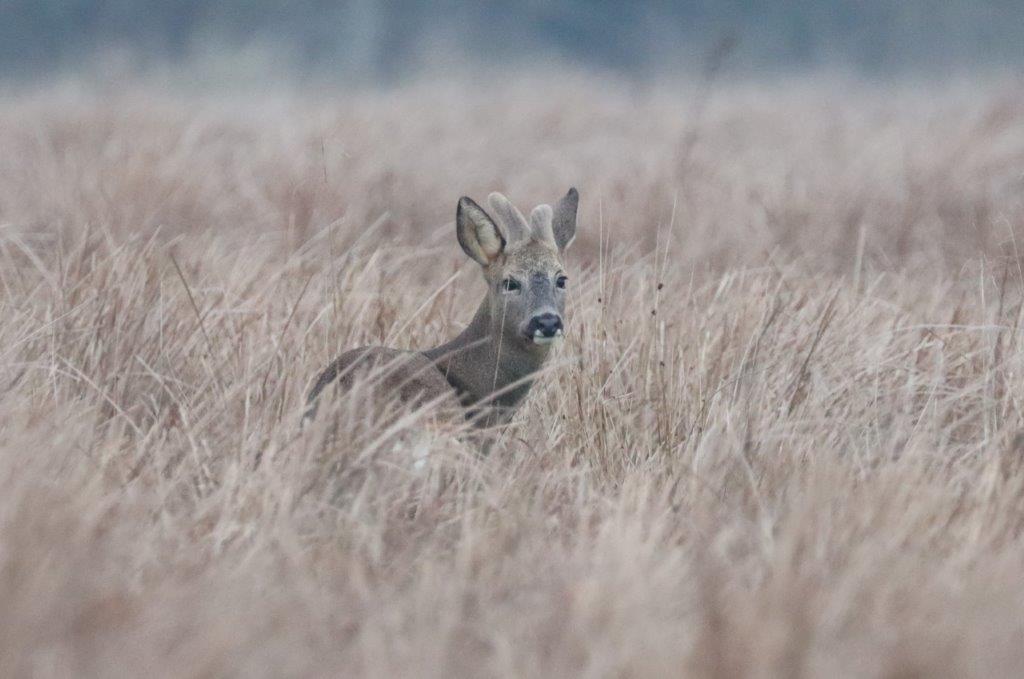
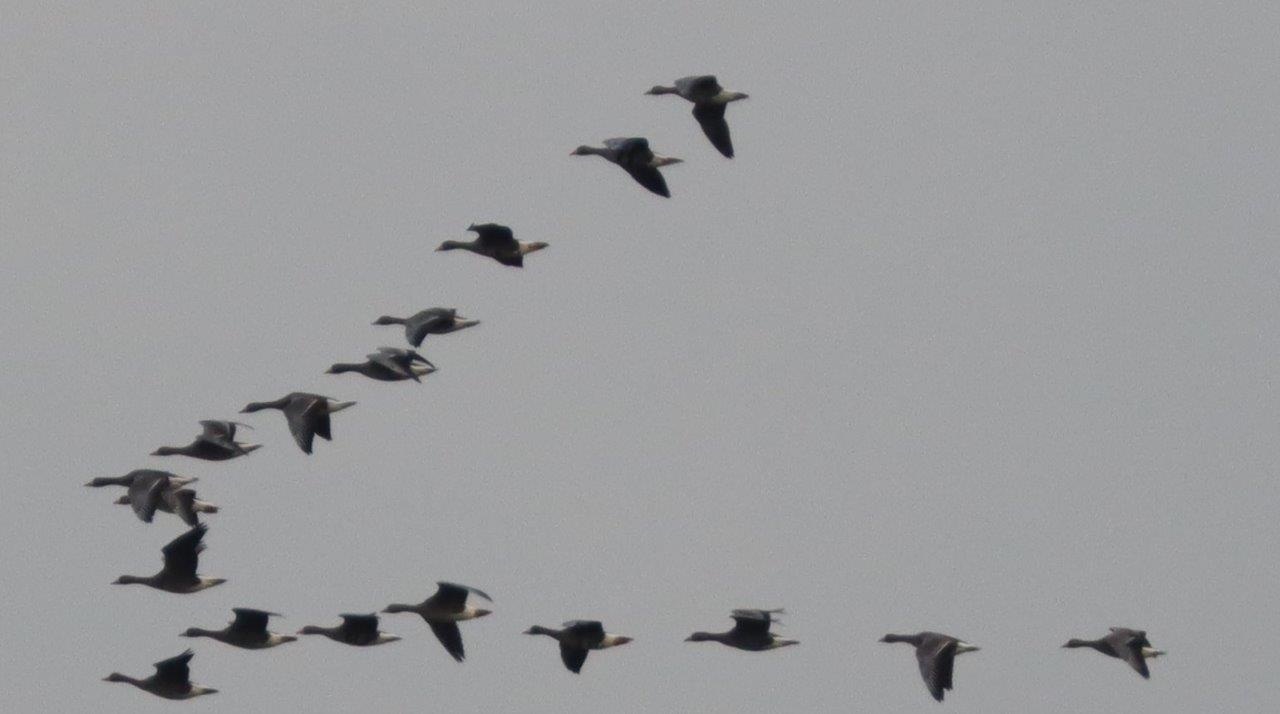
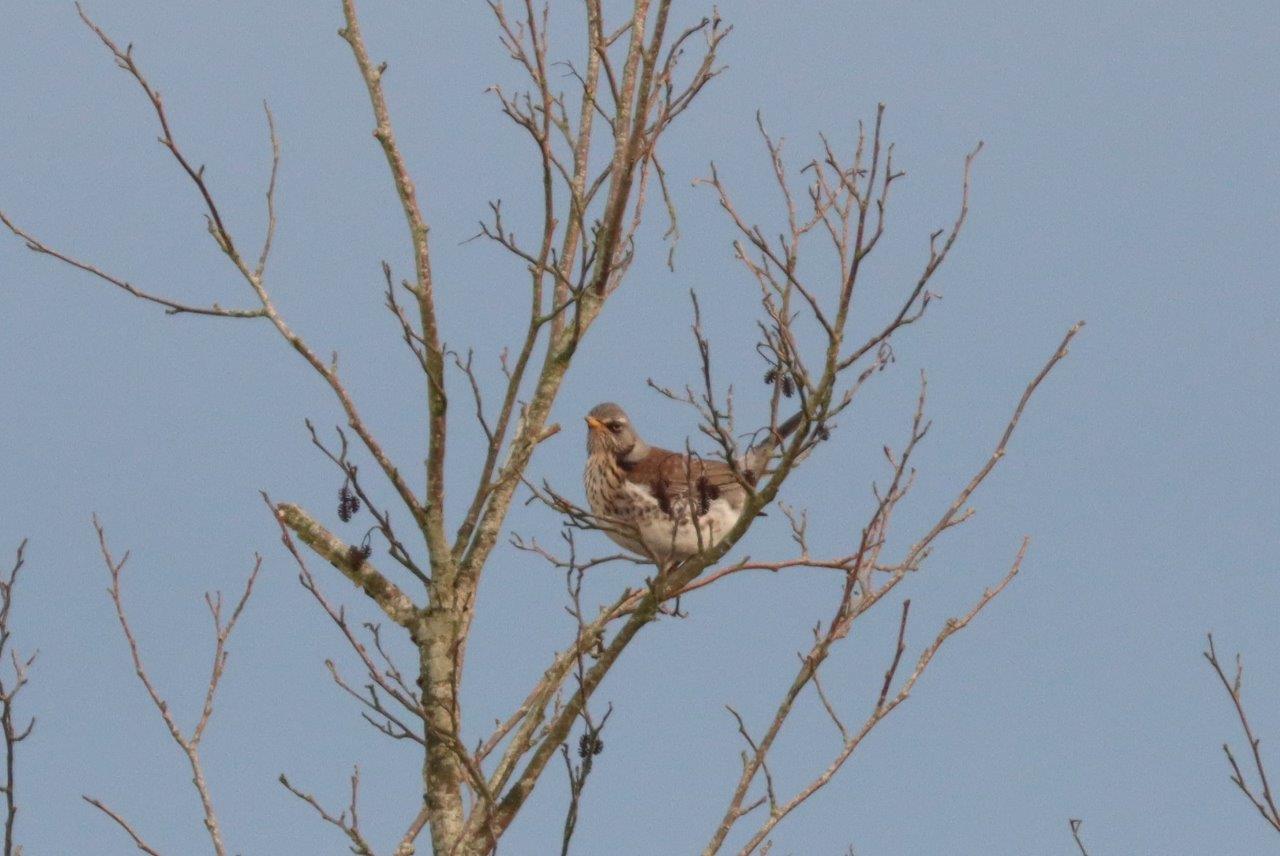



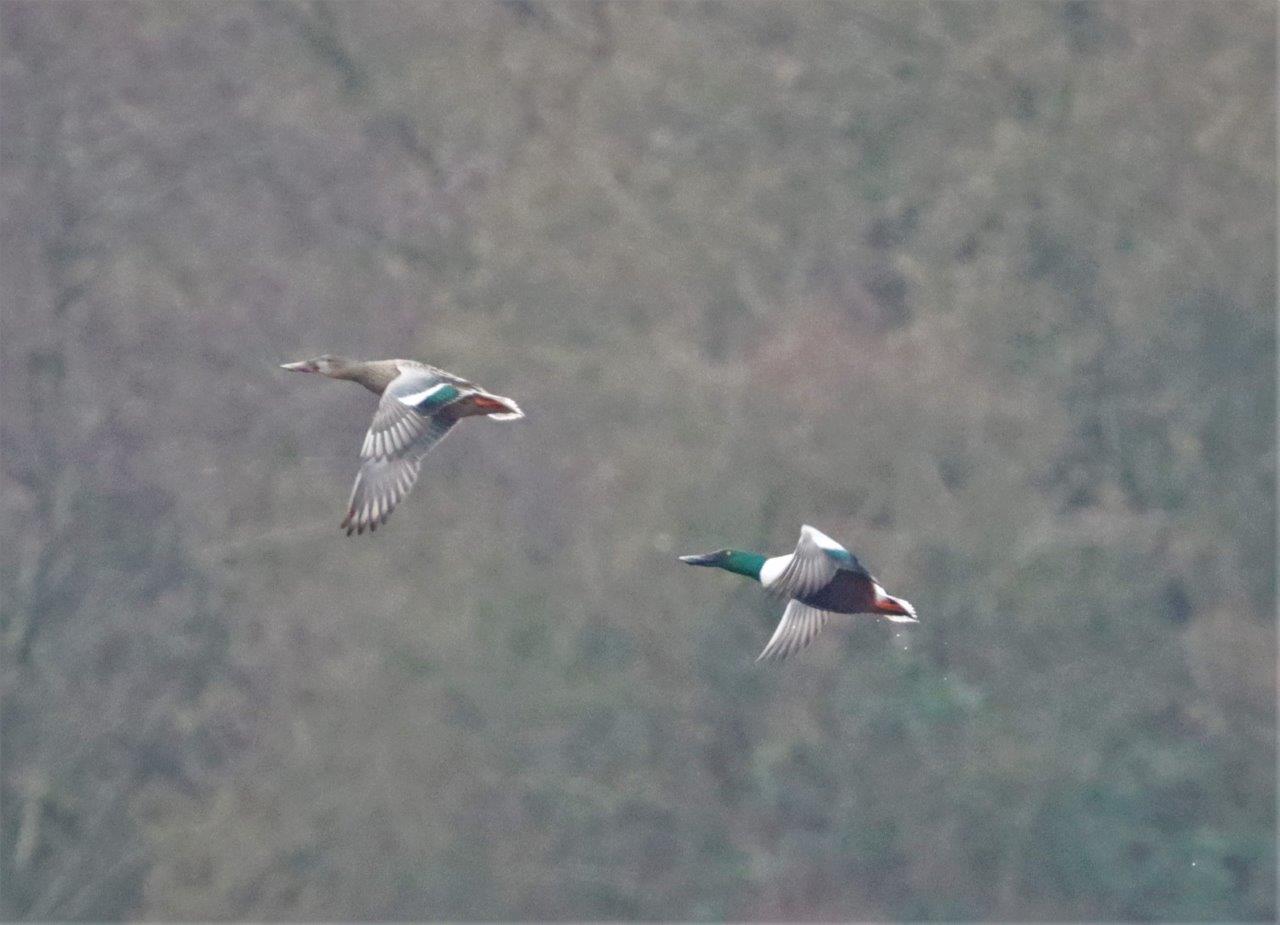


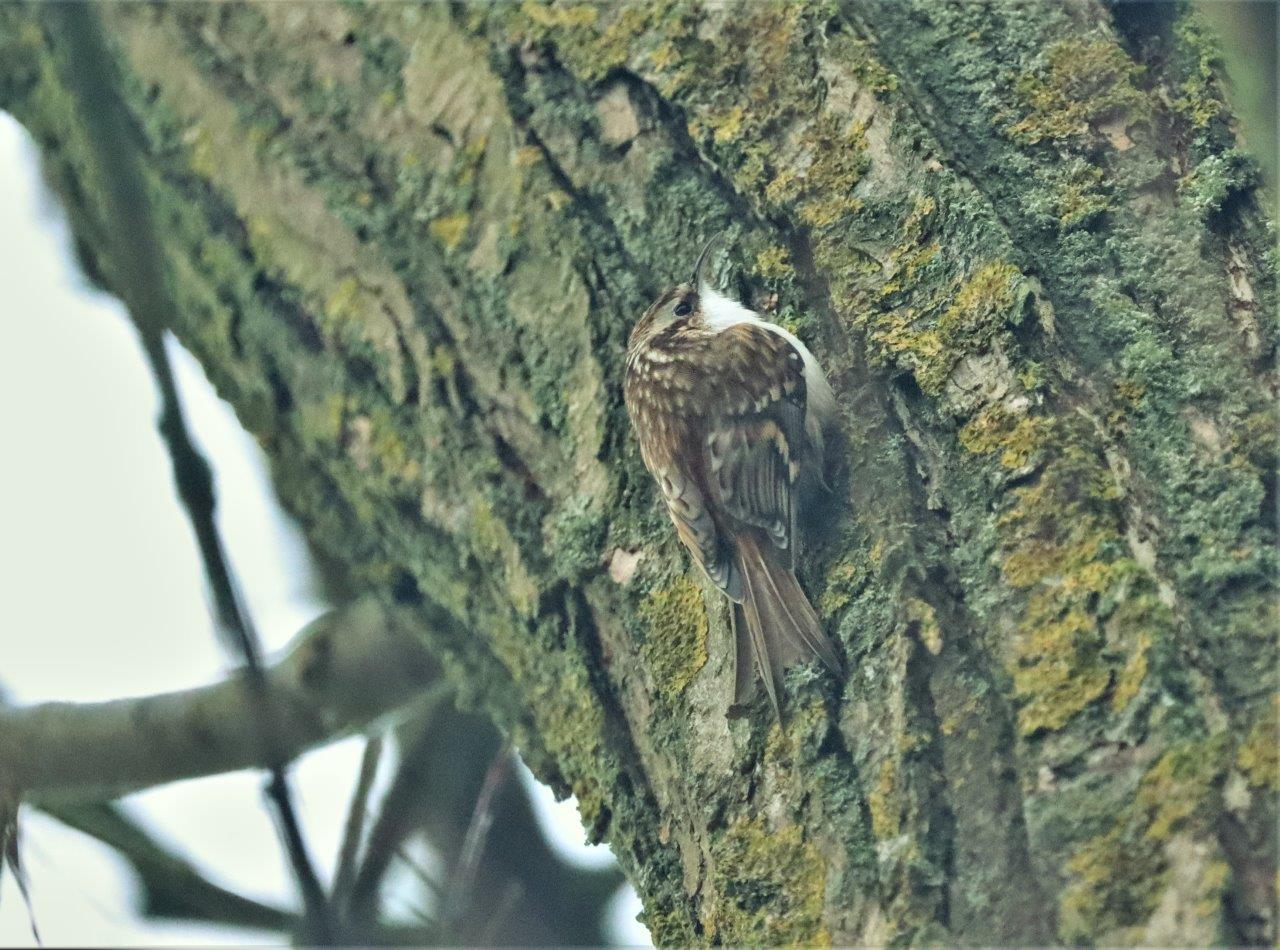
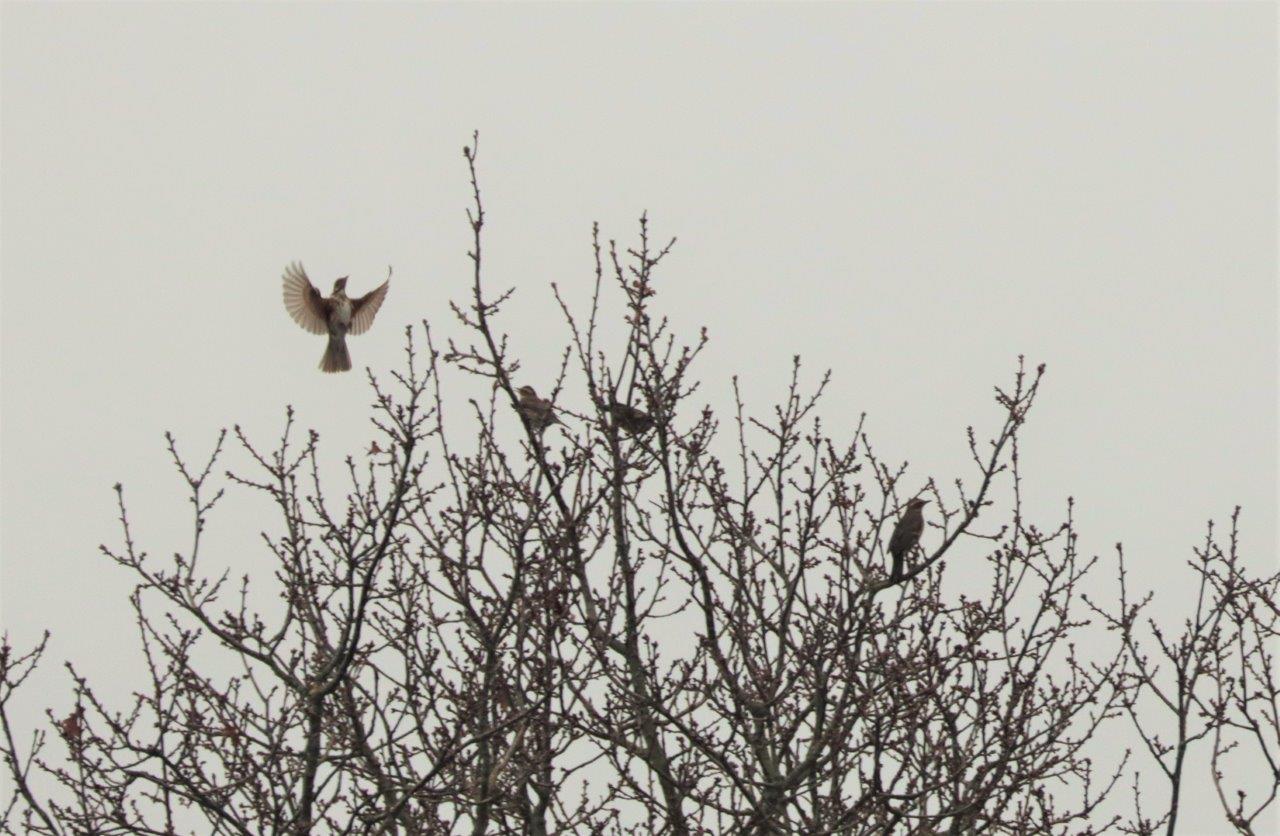


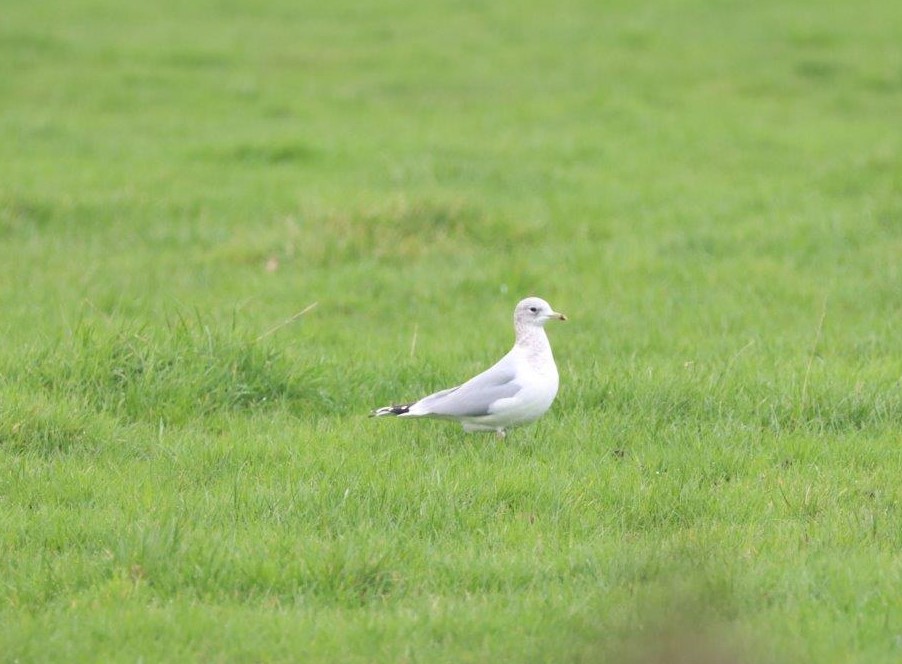
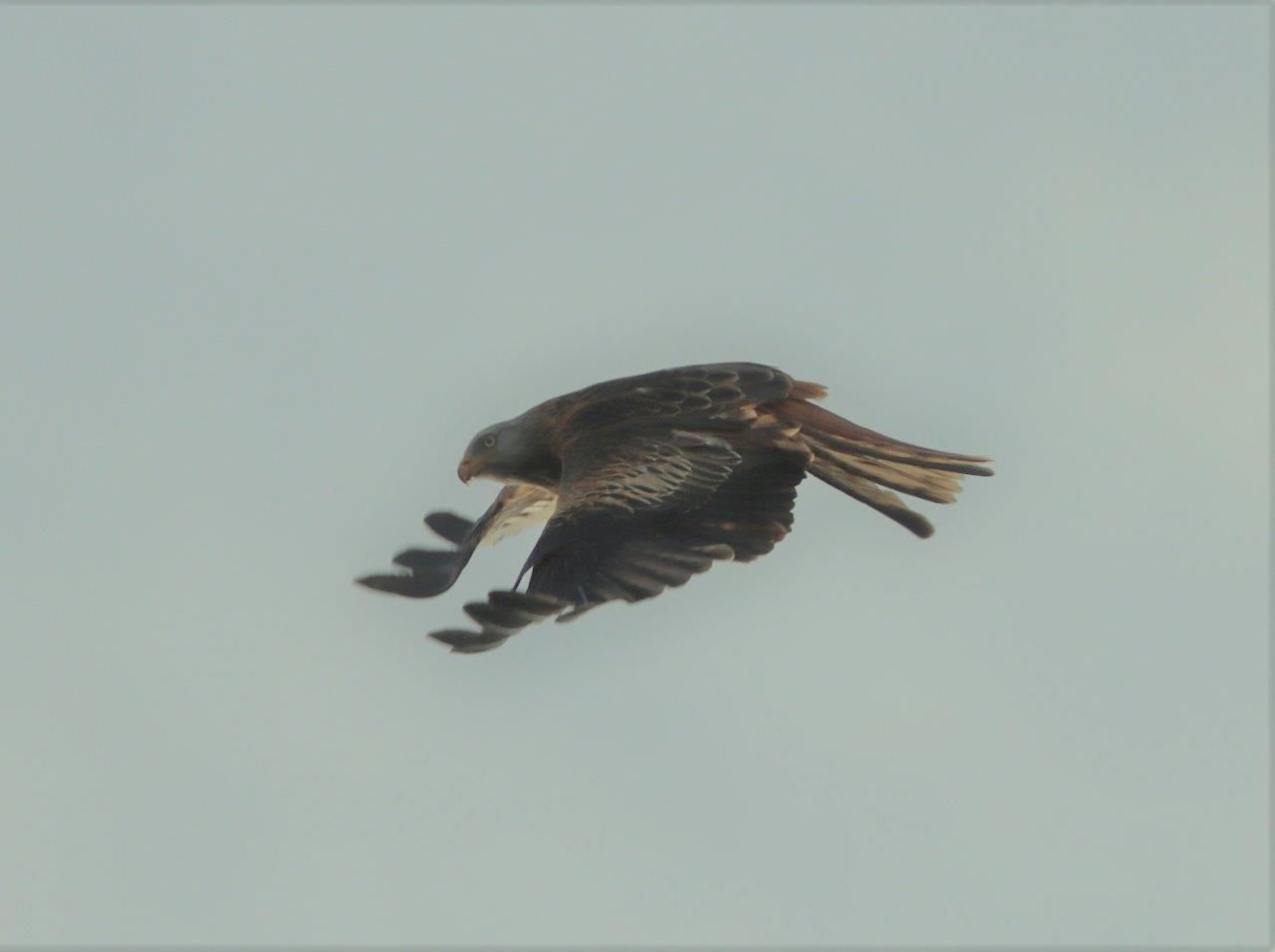
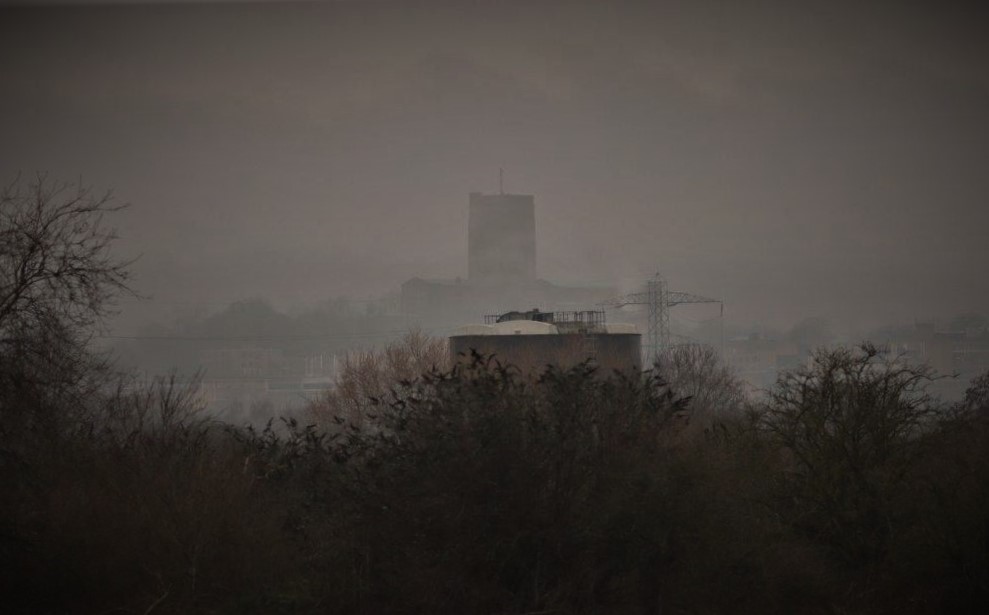

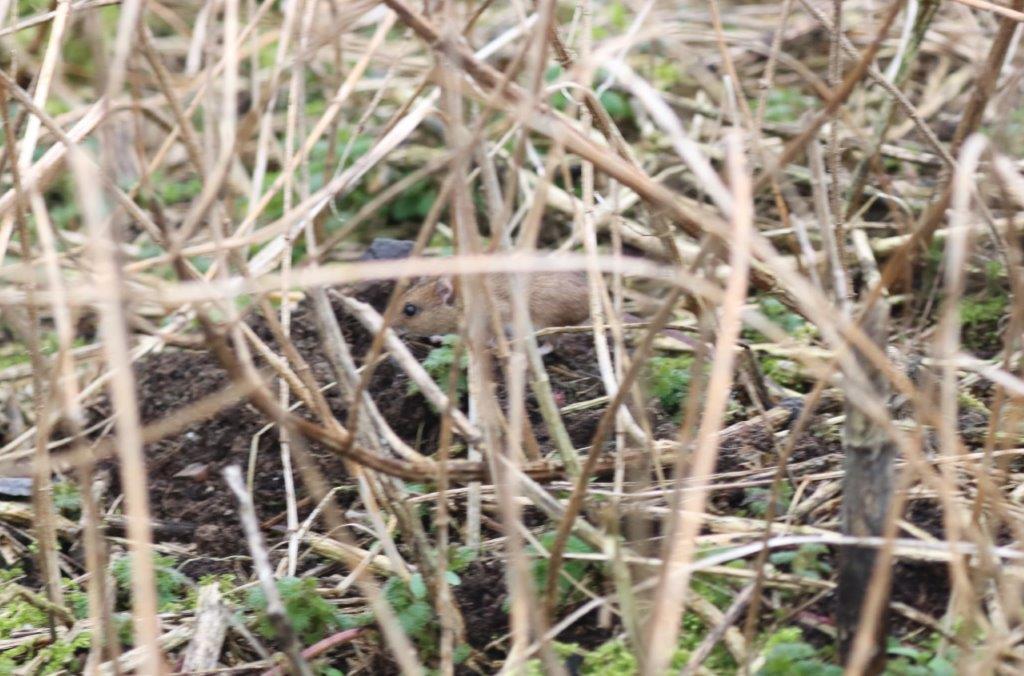







Recent Comments